In this fleeting voyage through time, we unravel the mysteries of some of these sophisticated kingdoms, and how they thrived long before the modern era.
By Somto Paul
From the vast sands of the Sahara Desert to the lush rainforests of Central Africa, the African continent has been the seedbed of numerous remarkable civilisations that have left lasting marks on the countenance of world history. A few of these momentous societies formed the world’s oldest empires, which have been argued to have even influenced the administrative practices of some ancient Western civilisations like Greece.
Despite the rich myriad of cultures, technologies, and achievements that pieced together these systematic civilisations, their existence is largely overlooked by mainstream media, and their grandiose nature is flagrantly unknown. In this fleeting voyage through time, we unravel the mysteries of some of these sophisticated kingdoms, and how they thrived long before the modern era.
The Land Of Punt
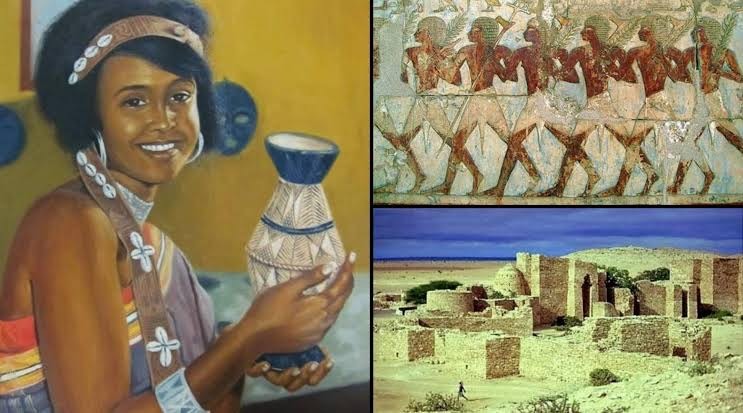
The Land of Punt blossomed from the early 25th Century BC to the 10 Century BC (2500 – 980 BC) and is considered one of the oldest civilisations on earth. It was recognised for its production and exportation of gold, aromatic resins, blackwood, ivory, ebony, and the rearing of wild animals. Knowledge of Punt is slightly obscured, with information about it largely from trade records kept by ancient Egyptians. While archaeological scholars strongly debate where this opulent land was precisely situated, it is commonly agreed to have been situated across the Horn of Africa and southeast of Egypt.
The Egyptians would also sometimes refer to Punt as Ta netjer; meaning the land of the gods. This is because it was a region to the east and in the direction of the sunrise — the region of the Egyptian sun god Ra. This also suggests that the ancient Egyptians acknowledged Punt as a holy land and as their ancestral home.
There were various expeditions and trade missions the ancient Egyptians took to the holy land of Punt. The earliest of these voyages was organised by Pharaoh Sahure of the fifth dynasty in the 25th century BC, with more voyages up until the twentieth dynasty (12th century BC). However, in the eighteenth dynasty, during the reign of Queen Hatshepsut, the most popular sails to Punt were made. They were headed by Chancellor Nehsi, and the artists onboard used hieroglyphics to document the natives, housing structures, and various trees of Punt, revealing it as the land of the gods, where merchants returned with items for trade.
The records, according to Egyptologists, also revealed that the inhabitants of Punt (Puntites) were red-skinned and shared facial similarities with Egyptians, including wearing long or bobbed hairstyles, kilts, and goatee beards. By the twentieth dynasty, – during the era of Egypt’s “New Kingdom” – the trade partnership with the Puntites was terminated, and from the time thereafter, nothing more is known about the kingdom.
(Read also – Jewelry and Ornaments: What is Their Significance in African Culture?)
The Kingdom Of Kush

The Ancient Nubian Kingdom of Kush reached its peak in the 8th century BC and once rivalled the powerful Egyptian empire in military strength. The Nubia region — a region along the Nile, located in northern Sudan and southern Egypt — was one of the earliest cradles of civilisations that birthed a handful of structured societies. It emerged after the Egyptians conquered most of Nubia during its New Kingdom era (16th – 11th century BC), and is believed to have its roots in the Nubian powerhouse of Kerma in central Sudan (the most symbolic Nubian state of the 25th century BC).
During Egypt’s rule, there was a series of rebellious campaigns by the Nubian natives, but despite their frantic struggles for amnesty, their culture was largely “Egyptianised”, and their capital cities were destroyed, ultimately resulting in the complete seizure of Nubia. The Egyptians were the first to refer to Nubia as Kush and regarded it as a vital political, economic, and spiritual province. However, with the disintegration of the New Kingdom in the 11th century BC, Kush regained its independence and centred its capital at a place called Napata.
By the 8th century BC, the Kushite kingdom was fully established and broke off from the Egyptian nation, but they still shared similar cultures and diplomatic relationships with their foregoing overlords — they reverenced some Egyptian gods and built unique pyramids. In the proceeding centuries, both Kush and Egypt co-existed as trade partners and military rivals, with the Kushites reuniting with and even ruling over Egypt in its 25th dynasty — customarily known as the Kushite Dynasty — till its fall in the hands of the Assyrians.
Ancient Carthage
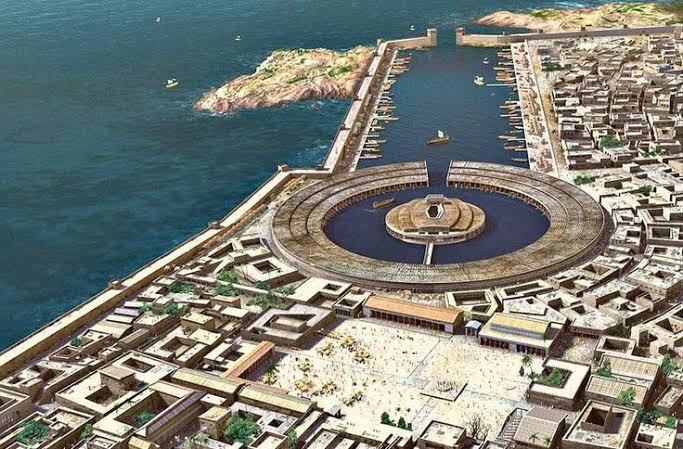
The Carthage city established itself as one of the most plutocratic and powerful political structures in the Mediterranean. It was located on the coast of North Africa (present-day Tunisia) and was founded by Phoenician settlers from Tyre during the reign of Queen Dido in the early 9th century BC. The city was known for its stalwart control of sea traffic on major maritime trade routes, and more importantly, its people’s explicable prowess in agriculture.
Carthage had an abundance of fertile land, and the Carthaginians’ knowledge of farming and husbandry was second to none. This undoubtedly supercharged the city’s economy and its strategic position in the North African coast aided the ease of trade, resulting in its towering ranks among the wealthiest empires of the ancient world. Carthage is also known for its constant scuffle and bitter rivalry with the mighty Roman Empire.
The disagreement between Carthage and Rome was predominantly over the control of the Sicily colony. Both cities constantly battled in what history regards as the Punic Wars. There were 3 different Punic wars, which in the end favoured Rome and scripted the destruction of the prosperous North African civilisation. After the destruction and fall of Carthage, it was later rebuilt and established as a Roman province.
The Mali Empire
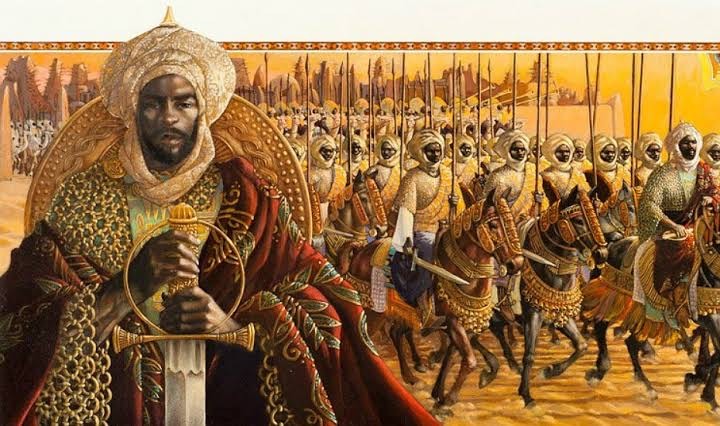
The Mali Empire firmly rooted itself as one of the most significant ancient West African civilisations following the waning of the Ghanaian empire (13th century AD). Starting as a small kingdom at the upper fields of the Niger River, the kingdom gained ground in the late 12th century AD when trading routes shifted downwards to southern Africa. While most information about Mali before the 13th century AD is a bit hazy, the earliest detailed records reveal that it was founded by Sundaita Keita — a warrior prince who liberated Mali in the Sosso Empire conquest (one of the successor state to the fallen Ghanaian Empire).
At its peak, Mali was the greatest republic in West Africa, expanding its influence throughout the region. The magnificent empire was known mostly for its vast gold resources and amassed a lot of wealth by controlling major trade networks across the reaches of the Sahara, Middle East, and North Africa. This wealth funded various cultural, artistic, and architectural projects like the Great Mosque of Djenne.
The leaders of Mali (Mansa as they were called) built reputations as the wealthiest in the region. The most popular was Mansa Musa, who many historians today consider the richest man to ever live. It was under his reign that the Mali kingdom reached peak wealth, and his grand gestures on his pilgrimage to Mecca enhanced the empire’s reputation among Arabians and Europeans.
By the 17th century, the kingdom of Mali faced challenges that ultimately led to its deterioration, including the Songhai and Morocco invasions, internal scrimmages, and the gradual decline of the trans-Saharan trade network.
(Read also: Five Colourful Festivals Across West Africa)
The Hausa Kingdoms

The Hausa Kingdoms — or Hausaland — were a collection of 7 city-states situated between the Niger River and Lake Chad (Daura, Kano, Katsina, Zaria, Gobir, Rano, and Hadejia). The Kingdoms lay between the ancient Ghanaian, Malinke, and Songhai empires, in what is now modern-day Northern Nigeria. Hausaland was established as a cultural and political region throughout the first millennia AD and all 7 states shared similar customs, laws, and languages.
Oral traditions attribute the birth of the Hausa kingdoms to the sons and grandsons of the heroic prince, Bayajidda. Legend has it that he rescued the natives of Daura by slaying a snake at the kusugu well, and married their queen, Magajiya Daurama. The two bore a son, Bawo, who together with his 6 sons, founded the Hausa states.
The Hausas were known for their remarkable skill in fishing, farming, salt-mining, hunting, and blacksmithing. By the 14th century AD, Kano emerged as the most relevant of all the Hausa city-states and was the major trans-Saharan trade base for leather, salt, clothes, and grains. Hausaland continued to experience substantial growth from the 15th century onwards. But despite their joint culture and historical background, the 7 states constantly waged wars against each other.
By the 18th century, the kingdoms were economically and politically exhausted. And by the 19th century, they were conquered by Fulani warriors under the headship of Usman Dan Fodio.
Read also: How Artists are Promoting African Culture And Heritage Through Digital Media
The Kingdom Of Askum
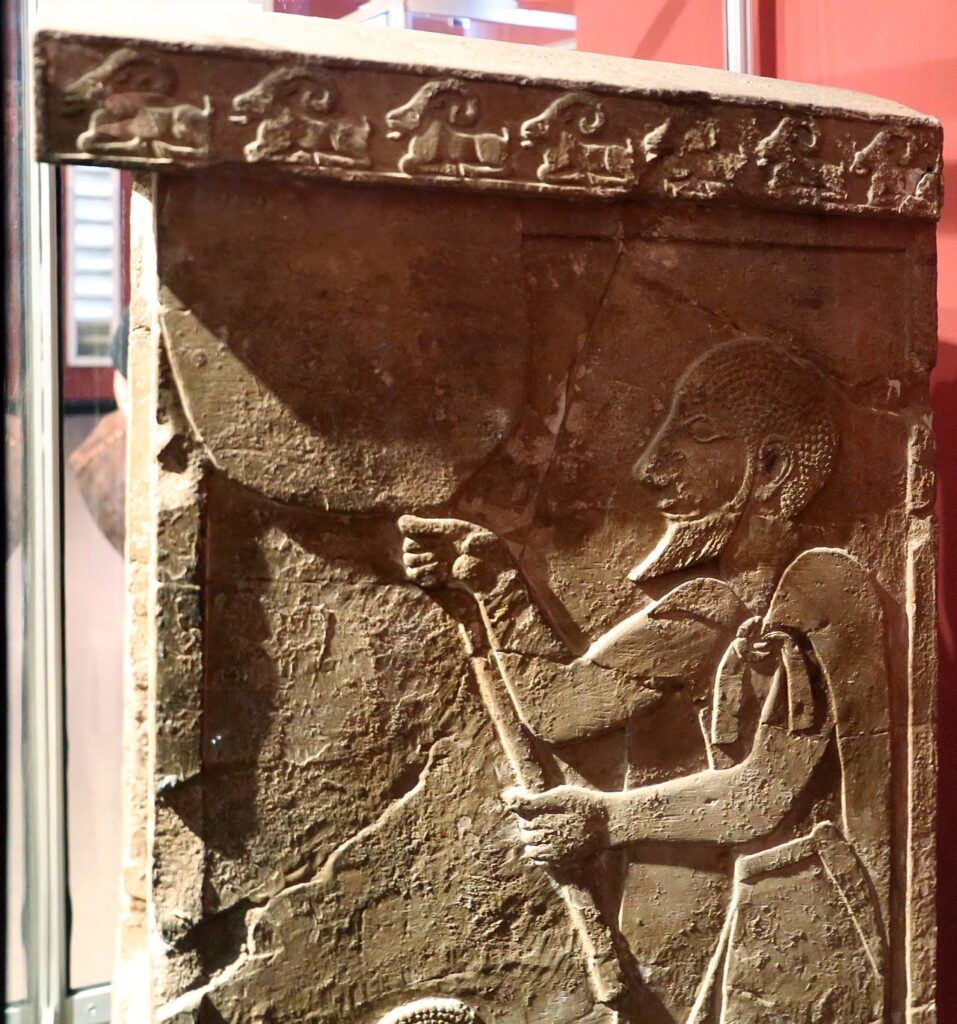
The kingdom of Askum, around the same time the Roman empire rose and fell, held influence over regions that now constitute present-day Eritrea and northern Ethiopia. While there are limited resources about its origins, Askum was recognised as a prominent trading power that connected ancient Europe and the Far East in the 2nd and 3rd centuries AD. It was known for its massive production and exportation of gold and ivory, and for its unique architectural style.
By the 4th century, Askum formed a significant alliance with the Byzantines and adopted the Christian religion, becoming one of the world’s earliest Christian empires. It was after the integration of Christianity that the Askum empire peaked, playing major roles in the Red Sea trade routes and expanding its territory through warfare.
The Askumite kingdom plummeted by the end of the 8th century due to several factors, including the rise of Arab Muslims in the region (7th century) who eventually dominated the Red Sea trade routes and ceased the revenue that spawned from trade. Additionally, environmental issues like soil degradation and decreased rainfall further challenged the kingdom’s stability and survival.
The Benin Empire
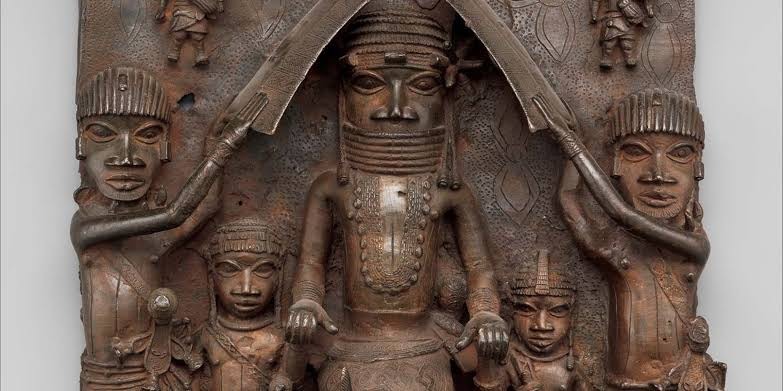
The Benin Empire emerged in the forested areas of West Africa during the 13th century AD (11th to 19th Century AD). It was founded by the Edo people of southern Nigeria who, according to oral sources, sought new leadership after rejecting the rule of the Ogisos (an older title for King). The legend reveals that they invited a prince from Ife — another significant kingdom at the time — to rule. The first Oba of Benin was Eweka, the son of the Ife prince.
The Benin natives were renowned for their artistic craftsmanship in materials like brass, wood, clay, and ivory. They excelled in bas-relief structures, particularly plaques that depicted historical events, and life-sized head sculptures.
Under the headship of Oba Ewuare the Great, Benin was at its zenith. He expanded the kingdom through coordinated warfare, fortified the capital city with massive walls, and ushered in an era of powerful monarchs. The kingdom further prospered due to brilliant trade relationships. It exported numerous artworks alongside gold, ivory, and pepper to the Portuguese, and participated actively in the slave trade with European and American buyers.
Regardless of the prominence of this empire, Benin crumbled in the 19th century due to disharmony among royal family members, leading to civil wars. The weakened kingdom struggled against foreign interference, notably from the British, who invaded the region in 1879, leading Benin to become a part of British Nigeria. The Oba title is, however, still very relevant today and serves as a government advisor in modern-day Benin City.
Somto Paul is a writer who crafts content that explores various aspects of human experiences. He is the author behind “Memoirs of a Contemporary African”, a monthly newsletter on Substack. Through this platform, he shares intriguing narratives from his unconventional life journeys with his ever-curious readers.





strangely intriguing… want to know more😶😶